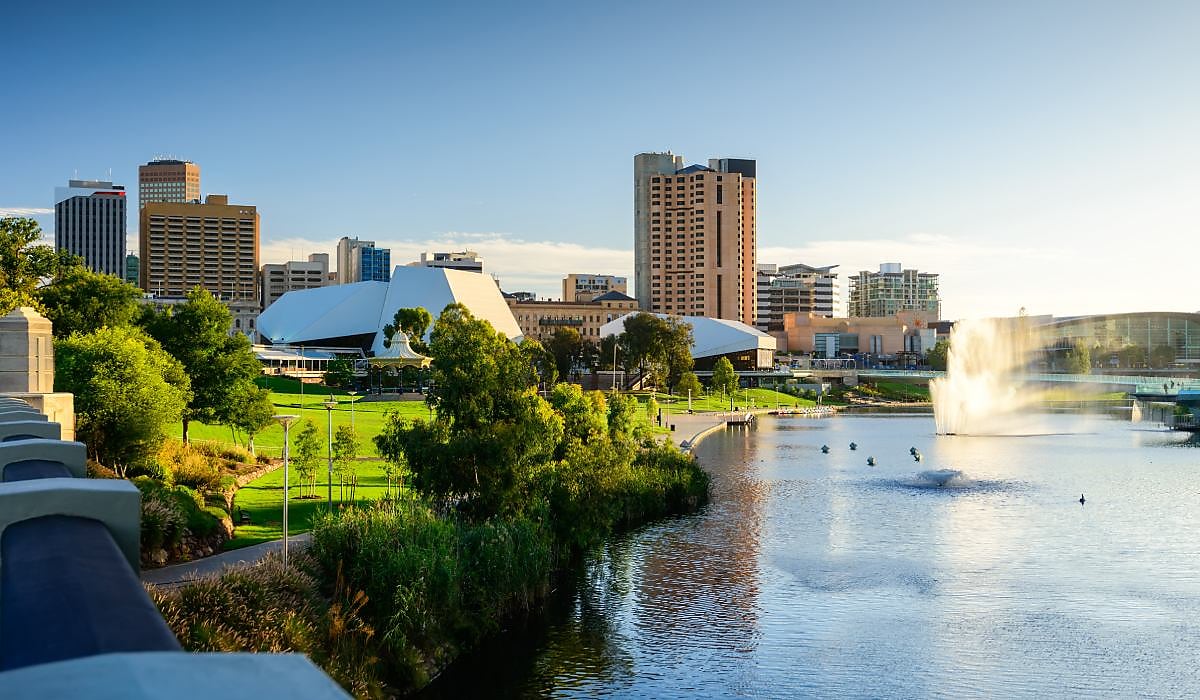Which state sets the bar for homebuilding?
Not all states are made equal when it comes to homebuilding, with one market emerging as the top contender, thanks to its strong showing across a number of building activity indicators.

South Australia has topped the list of the Housing Industry Association (HIA) Housing Scorecard, which ranked the eight states and territories based on the performance of 13 residential building indicators against decade averages.
The scorecard covers detached and multi-unit building activity, renovations, housing finance, and rates of overseas and interstate migration.
South Australia came out on top with a strong showing of 78 points, underpinned by state policies aimed at boosting housing supply, according to HIA chief economist Tim Reardon.
“South Australia has topped the list with strength across a number of leading indicators of building activity, including approvals of new work, expenditure on renovations and activity on the ground,” said Mr Reardon.
The economist forecasted the state’s strong performance will be further supported by policy changes announced in this year’s state budget which included a reduction in stamp duty, the release of 25,000 blocks of land, and an investment in public housing stock.
Mr Reardon noted conditions for the residential building industry are undergoing a “rebalancing” as the market shifts from a record boom to the deepest trough in over a decade in 2024.
“As the industry progresses through this cycle, building activity in each region is starting to diverge,” he stated.
Queensland closely followed in second place with a score of 76, bolstered by strong renovations and multi-unit activity as it continues to attract large numbers of interstate and overseas migrants that further supports homebuilding.
But despite the high level of migration in the Sunshine State, Mr Reardon noted building activity in the state “remains constrained by a shortage of skilled labour.”
Rounding out the top three was ACT with a score of 65, supported by its multi-units and renovation sectors and the “remarkable return of overseas migrants and students.”
In fourth and fifth place were Tasmania and Western Australia, with scores of 61 and 56, respectively.
According to Mr Reardon, Western Australia’s homebuilding industry has also faced “significant capacity constraints.”
Despite this headwind, the economist has a positive outlook for the state’s homebuilding prospects.
“While it ranks fifth in this scorecard report, the continued inflow of people from interstate and overseas provides its homebuilding industry strong potential moving forward,” he noted.
Rounding out the bottom three of the state barrel were NSW, Victoria and Northern Territory, with scores of 54, 49, and 29.
Mr Reardon highlighted New South Wales and Victoria have fallen down the list as the rise in the cash rate has adversely impacted these markets more significantly given their higher land costs.
“This will see activity in these regions slow more than the rest of Australia,” he commented.
HIA Victoria’s regional executive director, Keith Ryan, echoed Mr Reardon’s statements, stating: “Victoria’s ranking has fallen in recent quarters as key indicators of building activity slow under the weight of rising interest rates.”
“The volume of new homes commencing construction is failing to keep up with the consumer demands produced by the pandemic, and the recent rapid return of overseas migrants and students,” he said.
Giving a wider look of what’s going on in the market, Mr Ryan said: “Key leading indicators have deteriorated dramatically over the last year,” evidenced by new home sales in the state now down by 50 per cent.
“This has filtered through to lending and approvals data. Lending to owner-occupiers in Victoria has been almost 20 per cent below the decade average, while approvals of new multi-units are down by 80 per cent,” he added.
He warned the decline in the lending figures will compound the shortage of housing that is causing rapid rent price growth.
While the RBA’s interest rate increases over the last year have weighed heavily on Victoria’s housing market, Mr Ryan argued the “responsibility must also lie with the government.”
With this, he called on the Victorian government to follow South Australia’s lead when it comes to state policies fostering the growth of housing stock.
“South Australian government has shown a clear path to increasing the supply of new homes. Importantly, the South Australian government has concentrated on the basics and its measures respond to consumer demands for housing,” he stated.
Mr Ryan and Mr Reardon concurred measures supporting new homebuilding, including “reducing costs, attracting more investment and improving capacity” are necessary to ensure that an adequate supply of new homes commence construction.
“Supporting new homebuilding in these markets by reducing costs, attracting more investment, and improving capacity are essential to ensure that an adequate supply of new homes commence construction,” concluded Mr Reardon.
